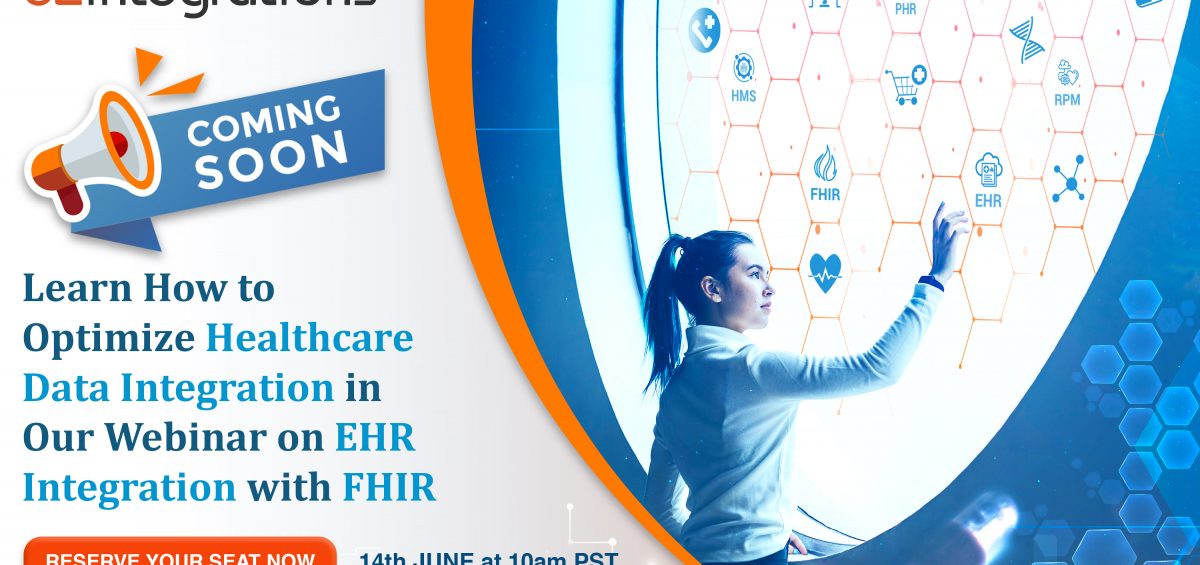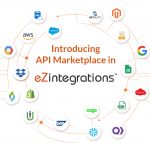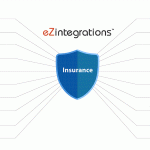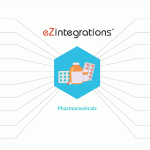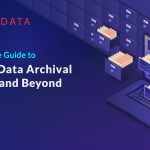Introduction:
In today’s rapidly evolving healthcare landscape, the ability to harness and utilize data effectively has become paramount. Healthcare organizations are continually seeking ways to improve patient outcomes, streamline workflows, and drive data-driven decision-making through healthcare integration. One key solution that has emerged is the seamless integration of electronic health records (EHRs) with Fast Healthcare Interoperability Resources (FHIR) data models. In this comprehensive guide, we will delve into the importance of seamless EHR integration with FHIR data models and how it can empower healthcare professionals to unlock the true potential of integrated data.
Section 1: The Power of Integrated Data in Healthcare:
Data has become the lifeblood of the healthcare industry. Integrated data empowers healthcare professionals to make informed decisions based on a comprehensive view of patient information, treatment history, and outcomes. By leveraging integrated data, physicians can identify patterns, trends, and potential risks, leading to more accurate diagnoses, personalized treatment plans, and ultimately, better patient outcomes. Integrated data also enables healthcare organizations to conduct advanced analytics, population health management, and research studies for continuous improvement.
Section 2: The Role of FHIR Data Models in Seamless Integration:
Fast Healthcare Interoperability Resources (FHIR) data models have revolutionized healthcare interoperability by providing a standardized approach to data exchange. FHIR enables seamless integration and data exchange across disparate healthcare systems, including EHRs, medical devices, telehealth platforms, and health information exchanges. With FHIR, healthcare organizations can achieve interoperability, ensuring that vital patient data is accessible and shareable across the care continuum. FHIR data models follow modern web-based standards, making it easier to develop, implement, and maintain integration solutions.
Section 3: Benefits of Seamless EHR Integration with FHIR Data Models:
3.1 Improved Care Coordination and Continuity:
Seamless EHR integration with FHIR data models enhances care coordination and promotes continuity of patient care. Healthcare professionals can access real-time patient data from various sources, eliminating the need for manual data entry and reducing the risk of errors. This streamlined data exchange enables accurate and up-to-date information sharing among care teams, leading to more coordinated care delivery.
3.2 Enhanced Patient Engagement and Empowerment:
Integrated data facilitates patient engagement and empowers individuals to actively participate in their own healthcare. With seamless EHR integration, patients can securely access their health records, monitor their health data, and engage in shared decision-making with their healthcare providers. This increased transparency and involvement empower patients to take control of their health, leading to improved health outcomes and patient satisfaction.
3.3 Data-Driven Decision-Making:
Integrated data enables healthcare organizations to leverage advanced analytics and business intelligence tools for data-driven decision-making. By consolidating data from multiple sources, including EHRs, laboratory systems, and wearable devices, healthcare professionals can gain valuable insights into population health trends, disease management, and resource allocation. This data-driven approach improves operational efficiency, resource utilization, and clinical outcomes.
Section 4: Best Practices for Optimizing EHR Integration with FHIR Data Models:
To ensure a successful EHR integration with FHIR data models, healthcare organizations should adhere to best practices:
4.1 Comprehensive Integration Planning:
Develop a detailed integration strategy that aligns with organizational goals and objectives. Identify key stakeholders, establish clear integration requirements, and define success criteria.
4.2 Thorough System Assessment:
Conduct a comprehensive assessment of existing systems and infrastructure to identify any potential integration challenges. This includes evaluating system compatibility, data quality, security requirements, and scalability.
4.3 Robust Data Governance:
Implement robust data governance practices to ensure data integrity, privacy, and compliance with regulatory standards. Establish data stewardship roles, define data ownership, and implement data quality control measures.
4.4 Scalable and Future-Proof Architecture:
Design an integration architecture that is scalable, flexible, and capable of accommodating future data needs. Consider the use of scalable cloud-based solutions, microservices architecture, and API-driven integration approaches for long-term scalability and agility.
Section 5: Real-World Success Stories:
In this section, we will explore real-world success stories of healthcare organizations that have leveraged FHIR data models for improved patient care, operational efficiency, and cost savings. These case studies will highlight the transformative impact of seamless EHR integration and provide valuable insights into the potential benefits for your organization.
Conclusion:
In conclusion, seamless EHR integration with FHIR data models holds tremendous potential for healthcare organizations seeking to unlock the power of integrated data. By adopting best practices, leveraging advanced integration solutions like eZintegrations, and staying at the forefront of healthcare data integration trends, organizations can pave the way for improved patient outcomes, streamlined workflows, and data-driven decision-making. Don’t miss the opportunity to gain in-depth knowledge about these key points. Register for our upcoming webinar on 14th June and embark on a journey towards seamless EHR integration with FHIR data models.
Remember, integrated data is the key to unlocking the full potential of your healthcare organization. Join us on 14th June and discover how eZintegrations can revolutionize your data integration processes.

